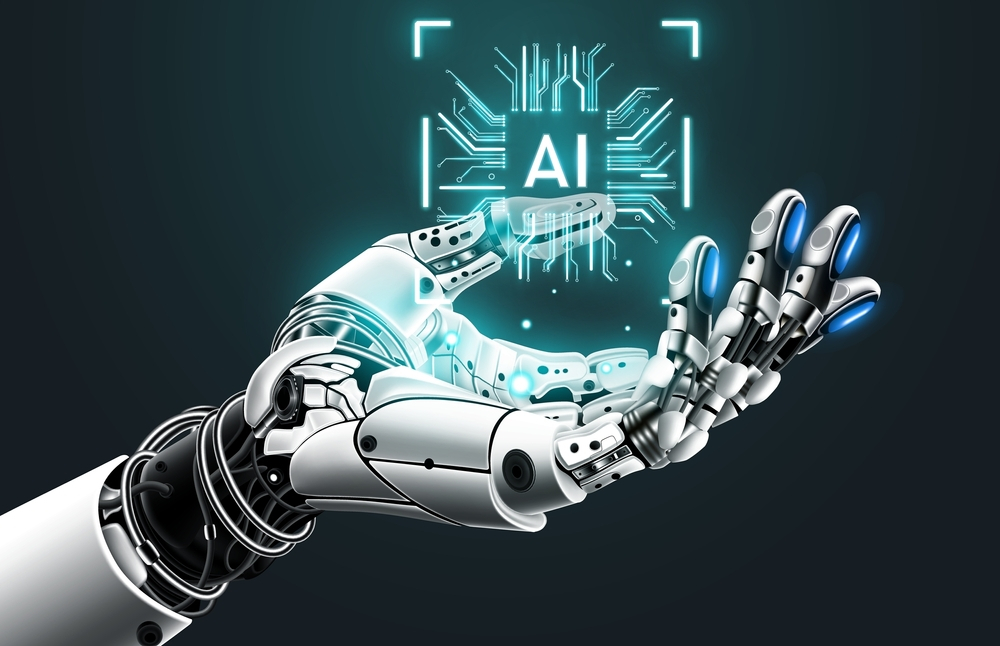Highlights:
- DataRobot is launching a real-time generative AI multilayer defensive solution to assist businesses in addressing AI hallucinations.
- The ability to evaluate the guardrails’ overall quality control while they are in use in production is another capability that DataRobot is introducing.
Artificial intelligence startup DataRobot Inc. updates generative AI offerings to provide developers and businesses with observability functions and real-time intervention capabilities to enhance confidence while executing models in production environments.
With the help of these new capabilities, enterprise teams can now confidently execute generative AI models in production across all cloud, on-premises, and cloud environments. According to the corporation, teams will have uniform governance for all generative and predictive AI assets due to the new cross-environment AI observability.
Chief Technology Officer Michael Schmidt said, “The No. 1 thing that I hear when I talk to customers is what we call the confidence problem. The issue is that many companies have built AI systems internally with ease, but really consistently don’t feel comfortable putting them into production. There are many different reasons for that.”
Many businesses are merely unaware of their ignorance. In contrast, others are unsure of their ability to test their models adequately or are uncertain of the precise moment they will malfunction or fail. The constant worry that a model will hallucinate at the wrong moment is another. Schmidt sees this as a major obstacle.
DataRobot is launching a real-time generative AI multilayer defensive solution to assist businesses in addressing this. This technology will enable businesses to incorporate safeguards into AI applications to guarantee correctness. Additionally, it will recognize personally identifiable information, or PII, lessen hallucinations, monitor, moderate, and intervene to prevent prompt injections and toxicity.
The DataRobot Generative AI Guard Library, which develops automated ways to guarantee the performance of generative AI models in production, makes that feasible. Pretrained guard models for various circumstances, such as PII detection and hallucination halting, are included in the library.
It accomplishes this by making it possible to create configurable guardrail rules, models, prompts, and other heuristics—like regex—on demand. These heuristics can monitor and respond to model behaviors before they pose a threat. Users who wish to bring their own guardrail models or configure the code generated by the library can do so.
“We have customers that have really specific requirements, such as they do not want the model to talk about their competitors, either positively or negatively, or they don’t want them to talk about like pricing their products. And there’s not great tools to help you mitigate those sorts of issues,” stated Schmidt.
The ability to evaluate the guardrails’ overall quality control while they are in use in production is another capability that DataRobot is introducing. The system evaluates and measures the guard models’ efficacy to complete the monitoring loop. In this manner, if they are blocking things or allowing prompts they shouldn’t, they may be easily adjusted to function better as customers engage with them when they are used in production.
Companies don’t have to get blind guard models ready. Before implementing them in production, they can test them side by side with a model and a dataset to observe how they would respond. To determine whether a guardrail and a model perform better or worse on specific measures, they can be tested against a model that does not have a guardrail and against a different guardrail configuration. Common industry standards, including accuracy, reliability, loyalty, toxicity, security, and anything the customer wishes to customize, could be included in the metrics.
Group Vice President of Worldwide Artificial Intelligence and Automation Research Lead at International Data Corp, Ritu Jyoti, said, “DataRobot is providing all the tools an enterprise needs to get started with generative AI quickly and with confidence. AI leaders need to be prepared for a new normal where AI exists in multiple environments and locations.”
These enhancements build upon the many observability, experimentation, testing, and tracking features that DataRobot brought to its platform in November when it released its latest milestone update.





























































